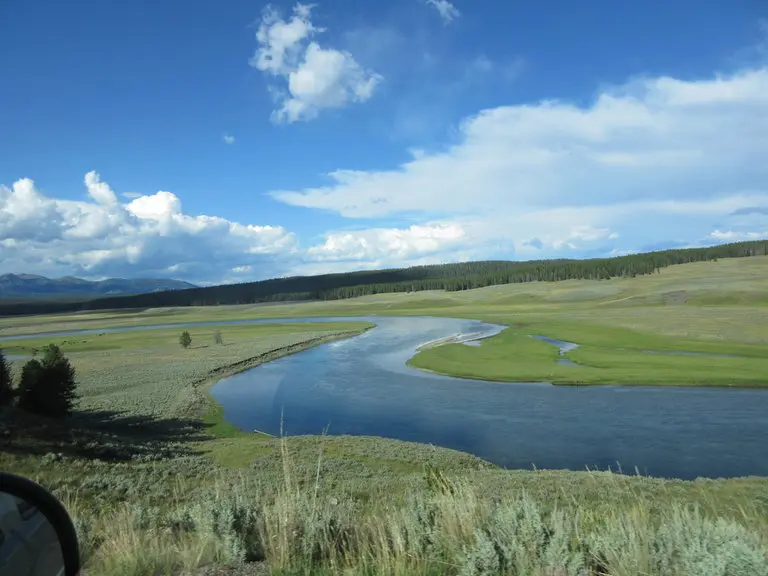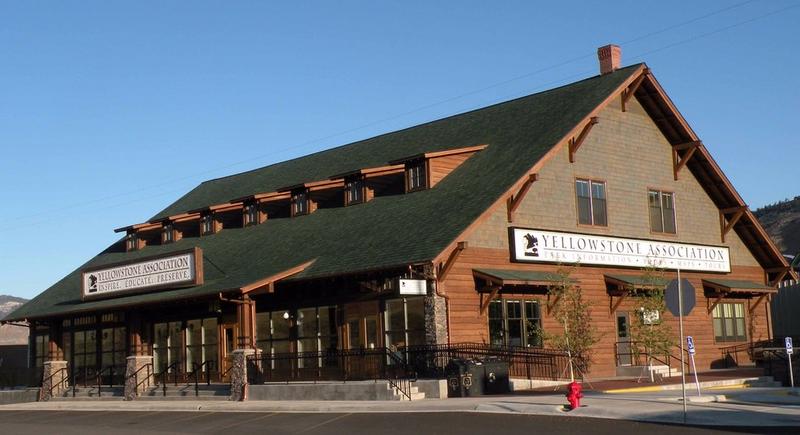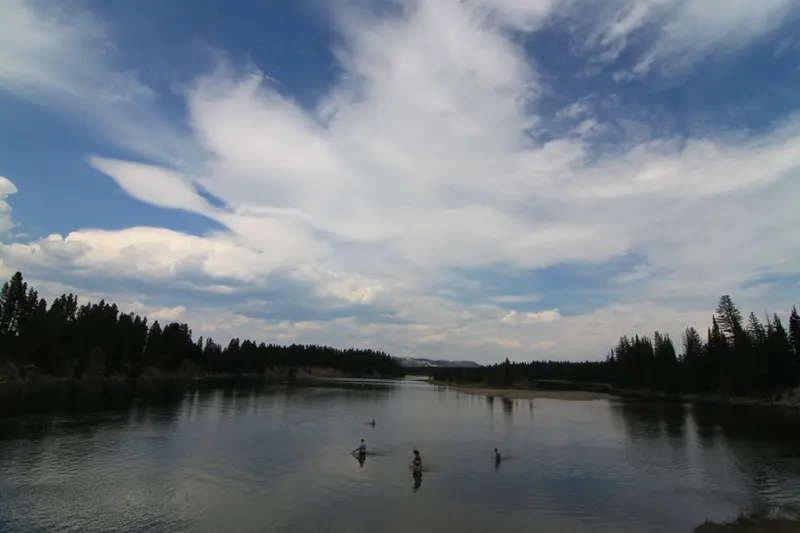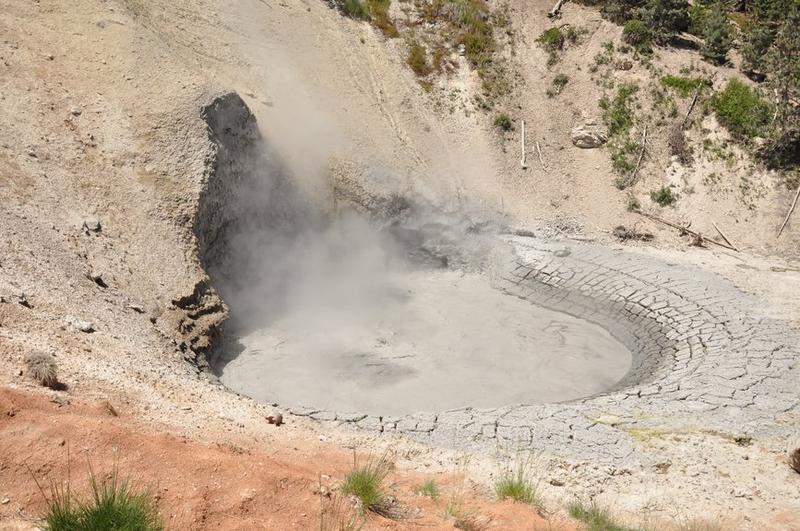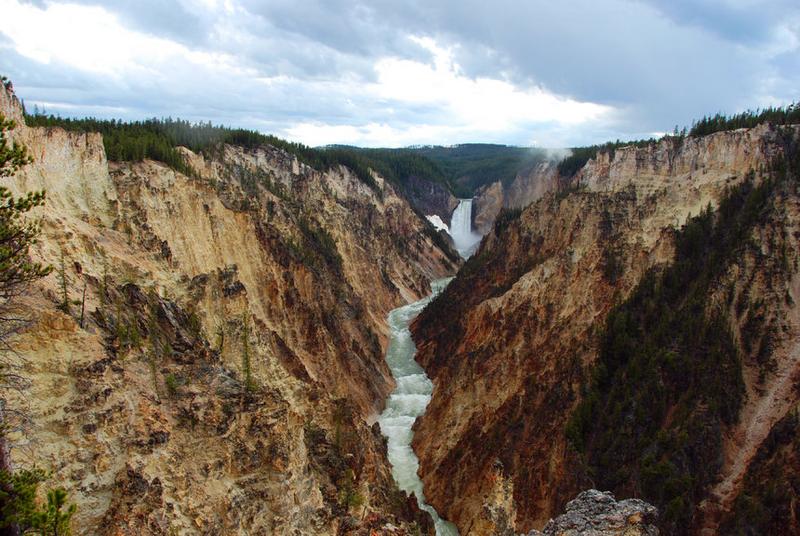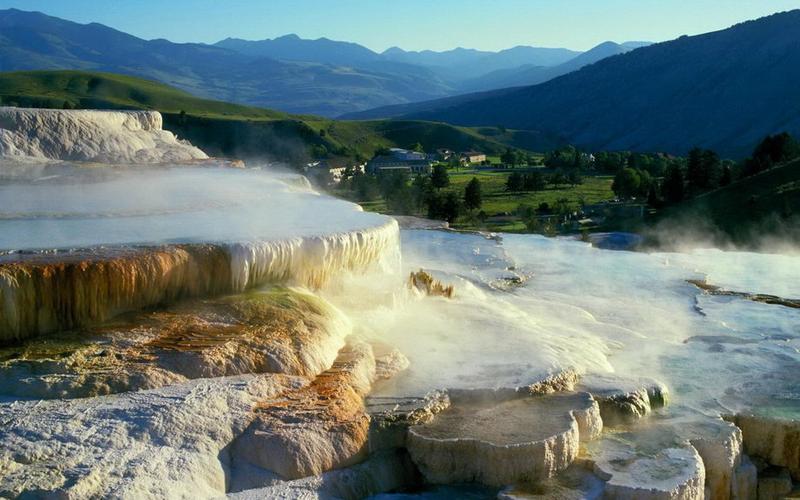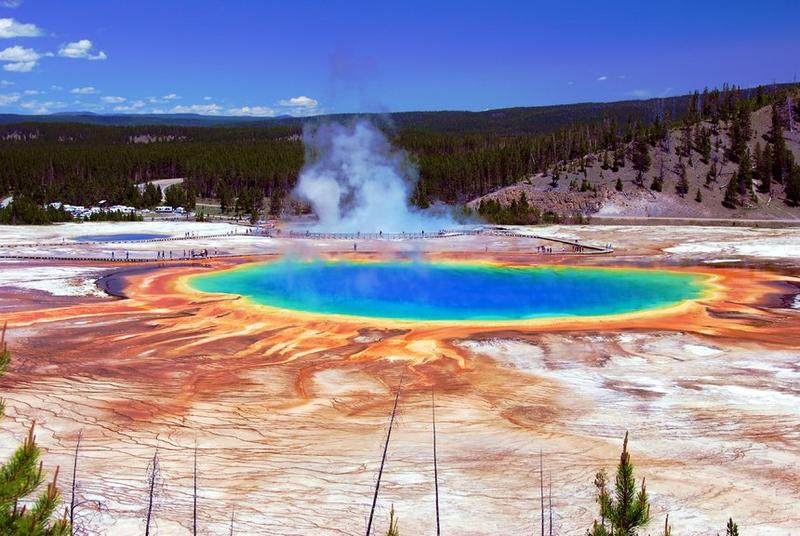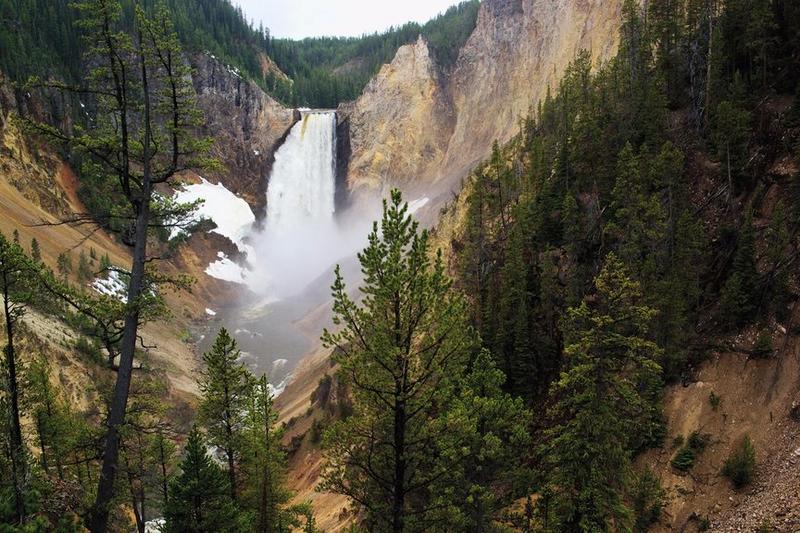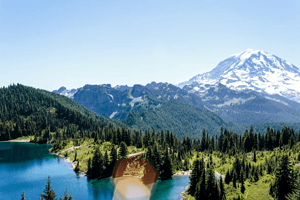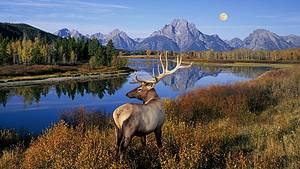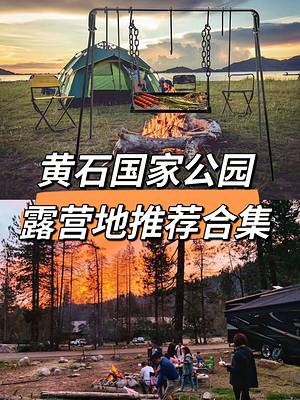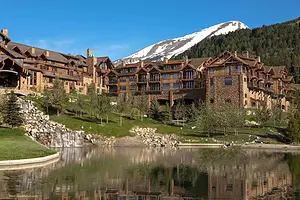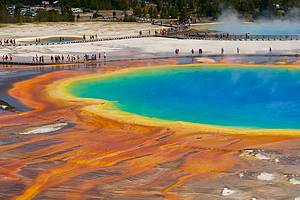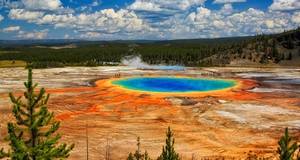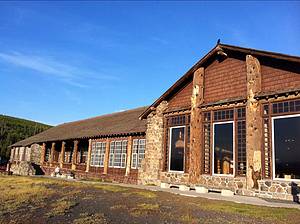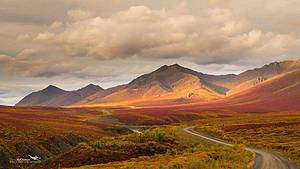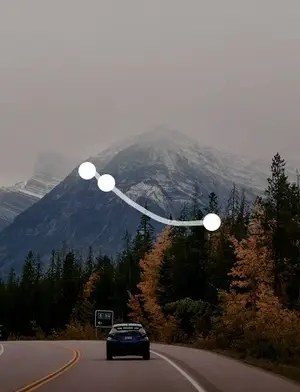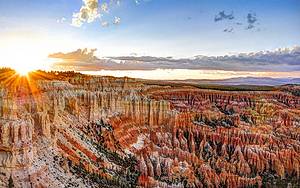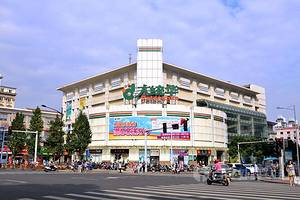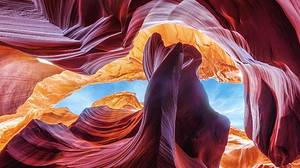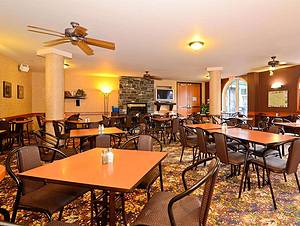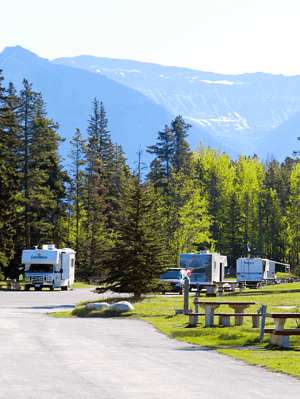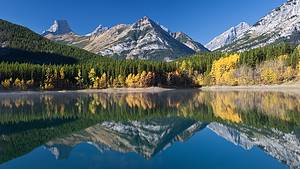Panoramic Eight-character Loop of Yellowstone National Park
1 cities |
13 attraction(s) |
total distance 307
km
 TIPS
TIPS
Day1
Day2
Day3
Day4
Day1: Yellowstone National Park
3 attraction(s) ·
60 km
1
Yellowstone National Park, located in the southeast, is known for its beautiful scenery and rich wildlife. Yellowstone Lake, with an area of about 354 square kilometers, is a typical caldera lake and the largest high-altitude lake in the United States. The surrounding area is filled with evergreen trees like fir and spruce, making it a habitat for many birds and wildlife. Fishing and boating enthusiasts also enjoy the lake. The shape of the lake resembles a hand, with a prominent area on the west known as West Thumb, which is a famous thermal area. When looking at Yellowstone Lake from West Thumb, the colorful changing lake surface reveals signs of the hot springs beneath. In winter, the lake freezes and is covered with snow, creating a spectacular scene that complements the distant snowy mountains.
47
km
2
The West Thumb Geyser Basin is located on the west side of Yellowstone Lake in the southern part of Yellowstone National Park. It features numerous hot springs, lakeside geysers, and geysers within the lake, which is the highlight here. Water erupts from the vents at the bottom of the lake. The colors of the vents vary, ranging from transparent green to jewel blue and even dark black. If time is limited, visiting the Grand Prismatic Spring area should be prioritized.
13
km
3
The Yellowstone River is a major tributary of the Upper Missouri River, with a total length of 1,114 km. It originates in the Rocky Mountains and flows through the mountainous and plateau areas of southwestern Montana and northwestern Wyoming. The Yellowstone River can be seen at the entrance of Yellowstone National Park.
Day2: Yellowstone National Park
5 attraction(s) ·
95 km
1
This is a shop where you can see different landscapes, intermittent hot springs, and wild animals. You can see bison and elk grazing on the grassland.
18
km
2
The Fishing Bridge spans the Yellowstone River and serves as the outlet of Yellowstone Lake. From June to July every year, visitors can observe wild trout jumping and spawning in the Le Hardys Rapids along the road to the Fishing Bridge. There is a visitor center at Fishing Bridge primarily focused on bird exhibitions. Please note that fishing is not allowed on the Fishing Bridge, it is merely a great spot for fish-watching.
11
km
3
The geothermal area of Yellowstone National Park includes hot springs, mudpots, and geysers.
16
km
4
The center of Yellowstone National Park is the Canyon district, where the most famous attraction is the Yellowstone Grand Canyon, which is 32 kilometers long and 360 meters deep, with colorful and magnificent canyon scenery and waterfalls. The best viewing point is Lookout Point. The 94-meter-high Lower Falls is one of the highest waterfalls and can be viewed from Artist Point. The trails include Uncle Tom's Trail and Brink of Lower Fall Trail, with the former offering a view of the Lower Yellowstone Falls and the latter offering a view of the Upper Yellowstone Falls. It is recommended to first hike Uncle Tom's Trail. In addition, the viewing points on the other side of the Yellowstone Grand Canyon include Lookout Point, Grand View, and Inspiration Point, which are excellent viewing locations, but the road is one-way and must first be driven to Canyon Village for convenience. If time is limited, these attractions should not be missed.
52
km
5
Located in the northwest of Yellowstone National Park, it is the largest known carbonate deposition hot spring in the world. The headquarters of the Yellowstone National Park Service is located here, with the year-round open Albright Visitor Center. Its landscape consists mainly of limestone terraces, also known as thermophiles, which can be divided into Upper Terraces and Lower Terraces. The Mammoth Hot Springs used to have multiple hot springs flowing down the mountainside in sections, nurturing a large number of bacteria and forming a colorful staircase. However, after a crustal movement in 2002, most of the hot springs ceased activity, resulting in the death of a large number of microbes. The Mammoth Hot Springs lost their colors, and the dead bacteria turned into gray-white powder, remaining on the dry giant terraces.
The road to the Upper Terraces Area is a one-way road and closed in winter. Self-driving tourists heading to the Upper Terraces Area in winter need to detour to the entrance 3-5 minutes south of the Lower Terraces. The Lower Terraces Area is considered by many Chinese tourists to resemble the scenery of Huanglong, Sichuan Province. From an aesthetic point of view, the Lower Terraces Area is more magnificent and well worth a visit.
During the mating period of the elk (spring), they also gather in groups here, and groups of deer can be seen on the lawn near the Mammoth Hotel. The nearby Boiling River is the confluence point of a hot and a cold stream, and the water temperature is suitable for swimming.
Day3: Yellowstone National Park
3 attraction(s) ·
119 km
1
Fort Yellowstone was established in 1891 by the U.S. Army near the Mammoth Hot Springs in Yellowstone National Park.
107
km
2
Old Faithful Geyser is named after its regular and predictable eruptions. For over 100 years, it has been erupting every 33-93 minutes, with each eruption lasting four to five minutes and reaching a height of over 40 meters, without interruption. The Old Faithful Visitor Center in Yellowstone National Park displays a schedule of eruption times in advance. When visiting the park from the West or South entrance, budget travelers can choose to first check the eruption time at the Old Faithful Visitor Center before exploring the surrounding attractions.
12
km
3
Grand Prismatic Spring, also known as the Great Rainbow, is the largest hot spring in the United States and the third largest in the world. It is named the "most beautiful surface on Earth." Discovered by geologists in 1871, it was named Grand Prismatic for its vibrant colors, ranging from green to vivid red to orange. The mineral-rich waters of the hot spring support the existence of colored bacteria in algae and microbial mats, creating these colorful displays. The central area of the spring, due to its high temperature, is devoid of any biological life. The colors radiate outward from the center, displaying various shades of blue, green, yellow, orange, and red. There is a pedestrian boardwalk surrounding the Grand Prismatic, which takes about 40 minutes to walk around. The best view of the Grand Prismatic is from an elevated vantage point, but visitors can also climb the nearby hillside if conditions permit, which still offers a great perspective for photography.
Day4: Yellowstone National Park
2 attraction(s) ·
36 km
1
Yellowstone Falls, composed of two major waterfalls, Yellowstone River, located in Yellowstone National Park, Wyoming, USA, reaches a height of 1000 feet (304 meters).
36
km
2
The Yellowstone River Picnic Area has a 3.7-mile trail where you can picnic and enjoy the beautiful scenery.


